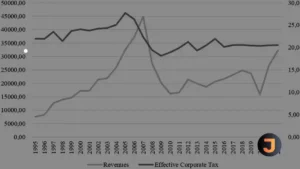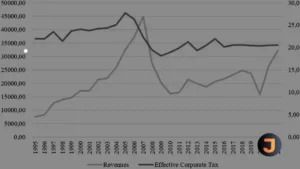In the ever-evolving world of business, understanding the intricacies of a lease can be a game-changer. But what is a lease, and why is it so pivotal in the commercial landscape? Let’s delve into the
Understanding the Lease Definition
A lease, in its simplest form, is a contractual agreement where one party, known as the lessor, grants another party, the lessee, the right to use an asset for a specified period in exchange for periodic payments. This arrangement is particularly common in real estate and equipment rentals, providing businesses with the flexibility to use high-value assets without the need for outright purchase.
The lease definition encompasses various types of leases, each tailored to meet specific needs. Here are some common types:
- Operating Lease: Typically short-term and cancellable, often used for equipment or vehicles.
- Finance Lease: Long-term and non-cancellable, often used for high-value assets like machinery or property.
- Net Lease: The lessee pays not only rent but also additional costs like maintenance, insurance, and taxes.
Understanding
The strategic use of leases can offer several benefits:
- Cost Efficiency: Leases often require lower upfront costs compared to purchasing assets outright.
- Flexibility: Businesses can upgrade or change assets more easily as needs evolve.
- Tax Benefits: Lease payments may be deductible as business expenses.
In conclusion, grasping the lease meaning and its various forms can significantly impact a business’s operational efficiency and financial health. Whether navigating an operating lease or a finance lease, understanding these agreements is crucial for strategic planning and growth.





